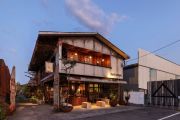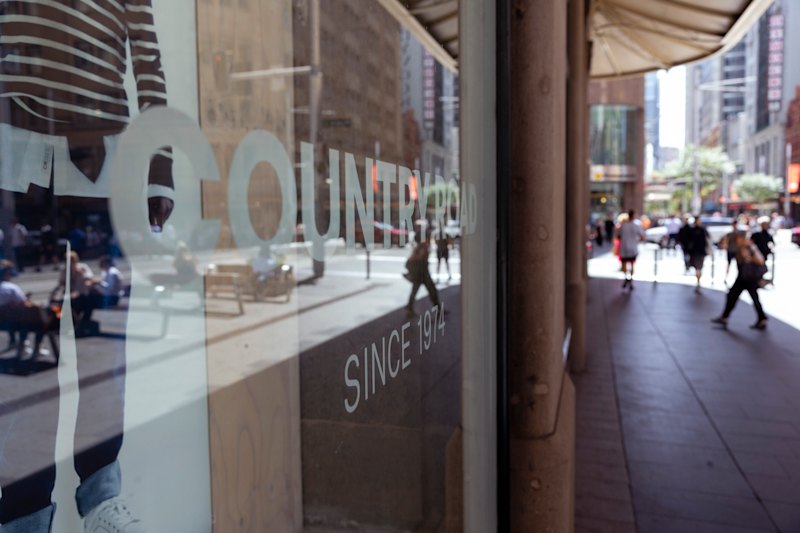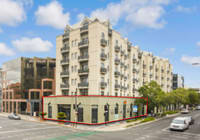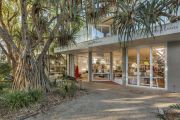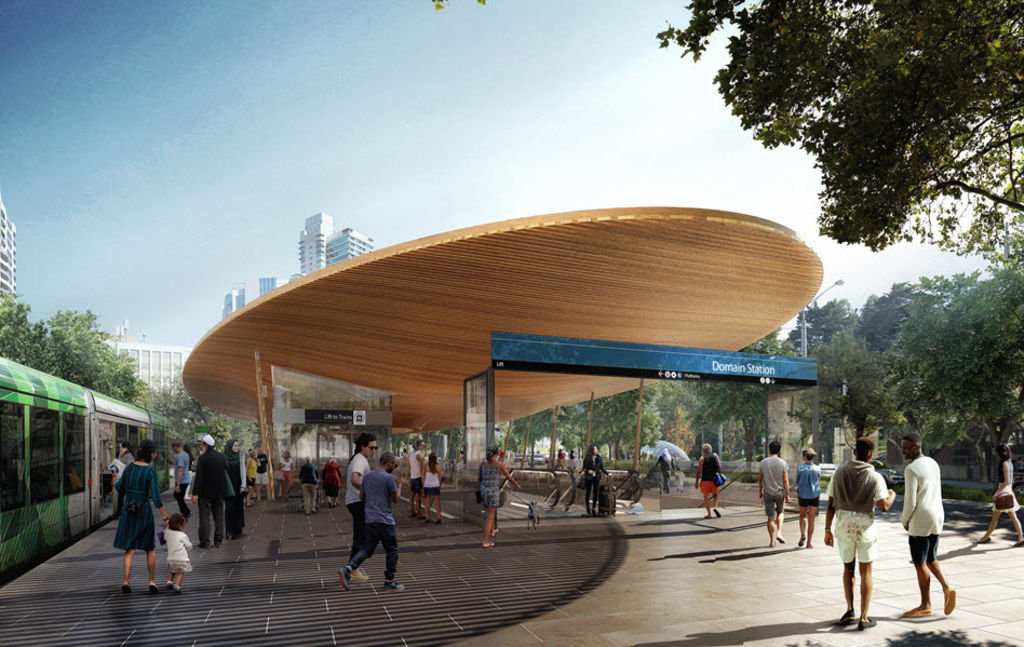
New Melbourne metro stations designed to reduce stress and improve well-being
Imagine taking a train around the city, and instead of arriving at your destination frazzled and cranky, you felt a sense of calm and purpose?
Well, according to experts, Melbourne’s five new underground railway stations are designed to help take the stress out of public transport by tapping into the soothing powers of nature.
Picture living walls, natural daylight, native plants and trees, moving water, and nature-inspired geometric patterns. Sounds like a good antidote to screeching train wheels, graffiti and the morning breath of your fellow commuters, right?
“Nature has the power to ease city stresses,” said Dr Phillip Roös, a senior lecturer in architecture at Deakin University and the principal technical advisor for sustainability to the Melbourne Metro Rail Authority.
“Can we even go so far as to re-imagine the very nature of a Melbourne train trip? Rather than stressful they can become an opportunity to enjoy a bit of nature connection.”
The Metro stations – Anzac, Town Hall, State Library, Markville and North Melbourne – are part of the $11 billion metro tunnel, and are set to be the first pieces of Australian public infrastructure that incorporate biophilic design. Biophilia, established by Edward O. Wilson in 1984, is based on the fundamental idea that we each have an affinity with natural things.
“Humans are drawn to the patterns inherent in living things, so if we can create something that follows these rules of nature, humans will benefit as well as the planet,” Dr Roös said.
“This isn’t just about low-impact features like green power or water recycling,” said Dr. Roös, who wrote the guidelines for the new Metro stops.
“By connecting us with nature, we believe biophilic design can reduce stress, improve well-being, help us think clearer and even assist with self healing.”
It might all sound a bit hippy, but the evidence is there: numerous studies have shown that plants and trees and natural things make us feel better.
Biophilic design boosts productivity, stops us getting sick as much, and curbs depression. It even makes us more patient – a recent study found that waiting times for public transport feel shorter if there is greenery around.
“We carry with us ancient brains,” said biophilic expert Timothy Beatley, “and to be happy and healthy and have meaningful lives, we need that connection with nature.
“And we can’t just get it on a holiday for a week or two during summer. It has to be integrated into our daily lives – everyday nature where we live and work.” And commute.
Dr Jacqueline Baulch, the director of Inner Melbourne Clinical Psychology, thinks the biophilic design should have a positive impact on commuter mental health.
“Nature is a good way to turn off the flight/fight response, tune in to the body and ground yourself so that you can calm your mind,” she said.
“There is a strong correlation between the length of your commute and your mental health – the longer the commute, the poorer the mental health outcomes. My thinking is, wow, that will potentially break the journey up, give people a positive break; a little oasis amongst a heavily man-made commute.”


